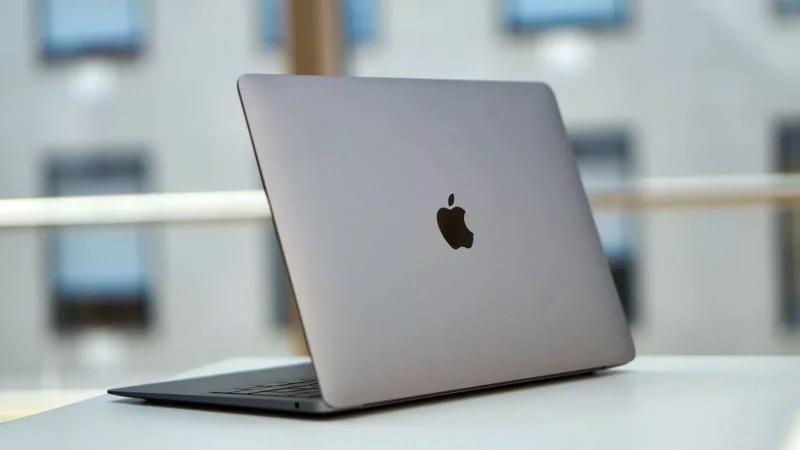Many reasons drive users to look into the storage space. Sometimes it’s device management, while other times it’s a slow-running system. It’s quite common to look into disk utility or About this Mac option to free some disc space for smooth and efficient functioning.
But!
What about the category no one talks about, i.e., the “Other Storage” category? Yes, you heard it right. There is yet another space in your Mac that might be interfering with your system’s efficacy. Well! It’s worth mentioning that the files present in this space aren’t all harmful or wasteful.
Some of them are making sure that your Mac is running smoothly. Unfortunately, some of these files might quickly clog your system, especially if you store large files. In such a case, you will have no other option but to free up your space and make your Mac run smoothly without any lag. Before that, to those who are still new to this “Other space,” let me brief you a little.
Post Outline
The “Other Storage” Category- A Brief Introduction
The first and foremost point worth mentioning is that this feature is available in macOS Sierra and higher. The company added a storage management feature and named it “Optimize Storage.” It reorganized what “other” space is and its location.
So, how can anyone use this optimized storage?
Most of the features of Optimized Storage help transfer content from your Mac to iCloud. You can easily customize or disable some Optimized Storage features. That way, you can easily maintain a balance between what’s on your Mac and what needs to be on iCloud.
Since we mentioned the customization part, the ideal next thing to discuss would be:
How to Customize Optimized Storage?
Whenever you check your system’s storage graph, you will come across the term “Purgeable.” This is a part of the optimized storage service. Technically, the purgeable files are what “Optimized Storage” will move to iCloud and delete from the hard drive whenever your hard drive gets short on storage space.
But, hang on!!
Do you know “how to check your Mac’s storage space?” If not, keep scrolling, and you’ll learn more.
Reviewing Storage Space on Mac
If you don’t have any idea about the remaining storage space on your Mac, here’s how to see storage on Mac. You can go through the “Other” space using the same steps.
- Either tap on the desktop or Finder icon
- Select the Apple Menu that’s present towards the upper left corner
- Click on the “About this Mac”
- Select Storage
You will see the breakdown of the storage categories, including Apps, Movies, Audios, Backups, and that “Other” category. According to your needs, you can take the following steps to clean your disc space to return the “fast and smooth” processing mode on your Mac.
Remove Cache
To reduce the footprint of files that are taking space on your computer, you can start removing caches from your web browser, along with photo previews and Apple Music streams. Make sure to delete old cached files or folders only. Here’s how you can do that. Other Storage.
- Select the Go menu after clicking the finder icon.
- Click on the Go to folder.
- Look for “library/caches” by typing into the text box.
- When the list appears, select and remove the files or folders and move to trash.
Remove Downloaded Files
Your Downloads folder might likely be filled with “Other” type files. These could be installer packages, documents, or folders that you already have saved on an external hard drive. So, review these files and folders and clean your Downloads folder accordingly. Here’s how to do it quickly.
- Select the Go menu after clicking the finder icon.
- Click on the Downloads.
- Look for files you wish to remove.
- Select and drag the folder and move to trash.
Remove Old Backups in iTunes
If you are someone who gets new iOS regularly, you might face issues of device backups stored on your system via iTunes. Surprisingly, these files can take up to 4-5GB each on your device. Since you no longer require old backups, removing them or moving them to iCloud is the best option.
To Sum it Up on How to Optimize The “Other Storage” Category on Your Mac?
Whether you received a notification “your disc is almost full” or you’re curious about what’s all in your device, knowing how to check Mac storage will always come in handy. It is also helpful when you wish to manage your device’s storage space.
You can also use CleanMyMacX to optimize or manage your Mac’s memory. It’s a quick way to scan your system and identify random junk or unused files and mail attachments that might be taking up your storage space. And the best part is that it will also be a great help for your Mac’s performance and routine maintenance. Other Storage.
Related Posts:
- Traveling With Mac: Expectations vs. Reality
- Essential Tips to Extend the Battery Life on Your MacBook
- 3 Ways To Advance Your Business With Intelligent Technologies
